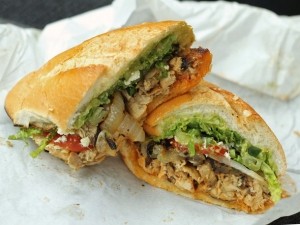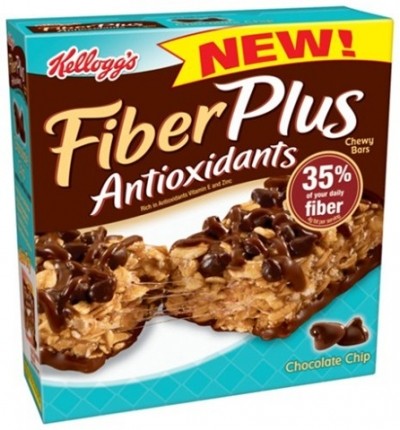Datassential: Time focus needed in ‘dynamic’ breakfast landscape

Two-thirds of Americans still eat breakfast at home every day, according to Datassential’s MenuTrends Keynote report.
Out of the 1,200+ consumers interviewed, 65% preferred to make or assemble breakfast ‘from scratch’. Time, ease, convenience and health were cited as most important for breakfast at home.
“Breakfast is a dynamic landscape that has room for innovation as consumer needs change, whether that be in their need for new or interesting flavors, more healthy options, more convenience or portability, smaller portions etc,” said Jennifer Aranas, project director at Datassential.
Citing research from the NPD Group, Aranas said it remained clear that time was a concern at breakfast; with an average of 12 minutes spent eating the morning meal, versus 28 minutes at lunch and 24 minutes at dinner.
“We find this important as manufacturers look to innovate breakfast products; it’s critical to determine time and preparation barriers that may prevent a consumer from choosing a preferred item over one that is less preferred but faster and easier to prepare,” she said.
“…With cost indicated as the greatest barrier for away-from-home breakfast, it's not only a fiscal benefit to eat at home but also a more convenient choice for most consumers.”
Waffles, eggs and cereal
While cereal – alongside eggs – remained the most-chosen breakfast food, there was work to be done in the category as consumer tastes and health preferences shifted, Aranas said.
“Changing tastes and healthy preferences may lead to a shift in what consumers demand from their cereal. Whether that be more unique flavors or healthier options like whole grains, gluten-free, more protein and more fiber.”
Eggs were cited by a quarter of consumers as the most-chosen breakfast food.
“Again, with convenience a key consumer driver, speed-scratch products like flavored French toast mix, omelet mix, or pour-and-bake quiche blends may shed the prep-heavy perception and make these dishes more of a weekday option,” Aranas said.
Beyond cereal and eggs, waffles showed particular promise, she said.
“The trend for waffles as a carrier is currently in proliferation and nearly half of our consumers were highly receptive to the concept. Waffles in some form are a long-standing global food with mass appeal, so variations on the concept would be a natural progression of the trend,” she said.

Look to menu trends
Aranas said restaurant menus were a great source of inspiration. Datassential tracked flavor trends on menus as a tool to determine innovation and how preferences were shifting, she explained.
Niche flavors like chimichurri or bourbon, for example, were starting to be adopted on menus, she said, but proven favorites like maple and strawberry remained most popular.
Datassential also found a rise in ethnic flavors and products, with tortas, habanero, mole, ancho and poblano experiencing double-digit growth on breakfast menus.








